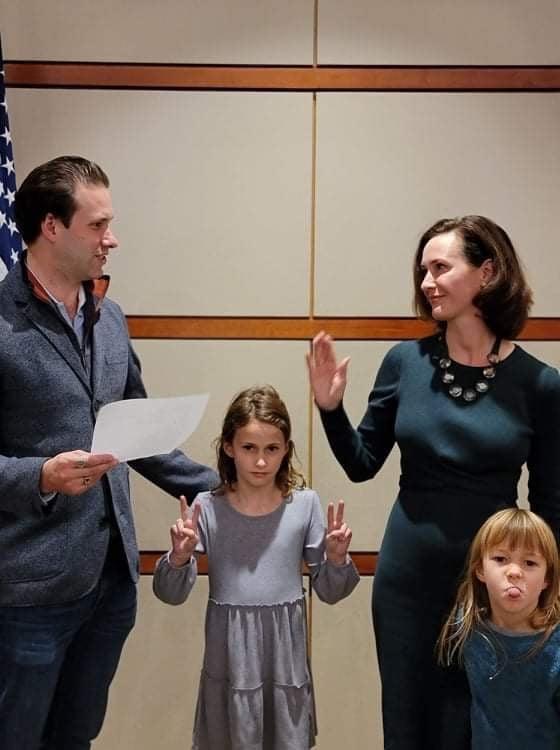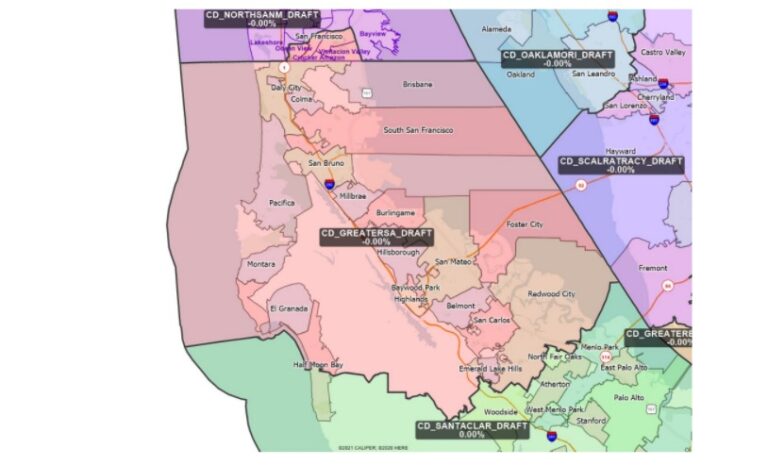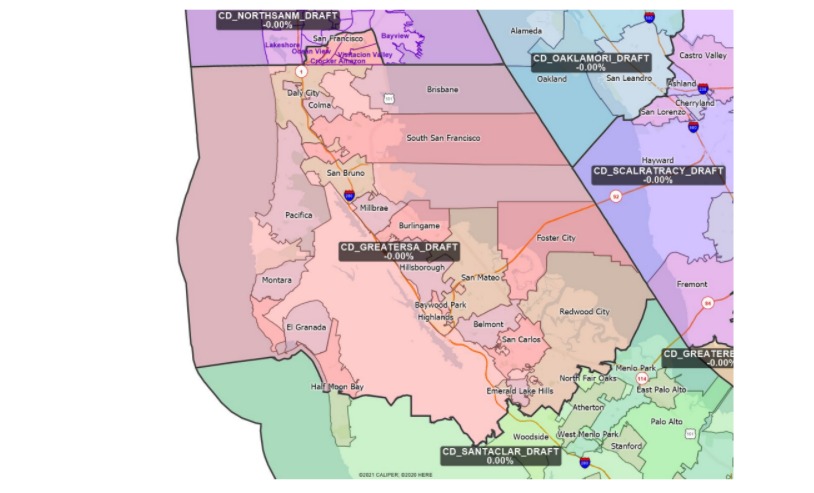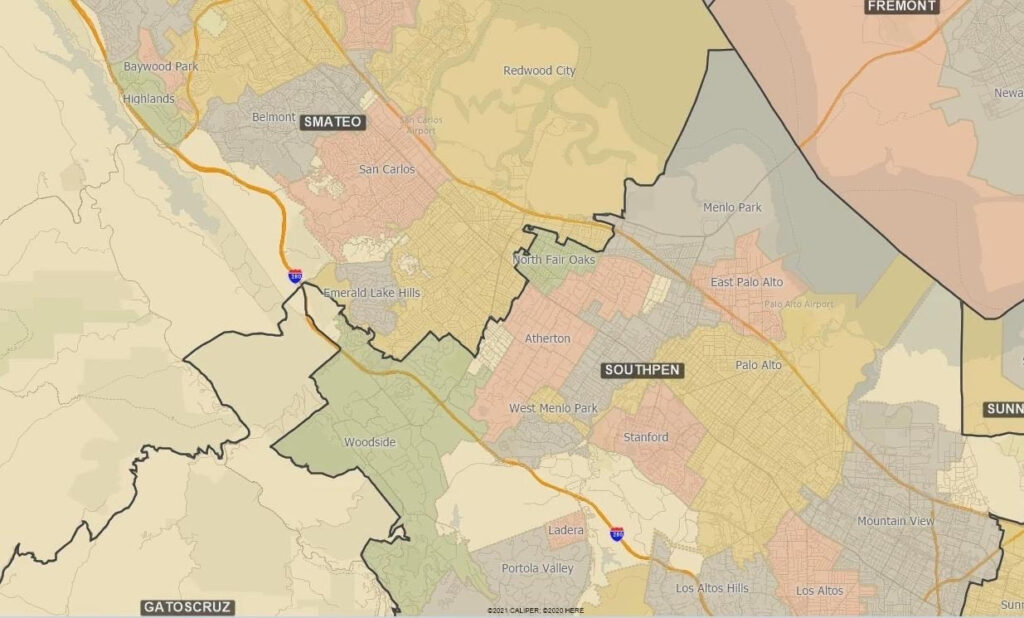
To Pamela Cruz. Peninsula 360 Press
San Mateo County residents met with officials from the Police Department and the Sheriff's Office to request transparency in data on arrests, detentions, and other security issues in the area, which they believe are disproportionately high against communities of color.
During a session between organizations, authorities, academics and the general community of the county entitled "Police surveillance in San Mateo: data, impact and discussion," residents of the county expressed their concern about the differential treatment that exists between residents of color, mainly African Americans and Latinos, as opposed to Caucasian people, who, they pointed out, are not considered in the same way, and are not cataloged in databases as gang members or criminals.
According to Shara Watkins, a trustee of the San Mateo-Foster City School Board, “What is happening nationally with regard to the murder of African Americans is also happening in San Mateo County. We cannot turn a blind eye to the fact that there are problems and prejudices in the police system and it will not be easy to eliminate them.”
For his part, San Mateo County Sheriff Carlos Bolaños said he is open to suggestions to improve services, as well as to allowing transparency of data from the office he represents. He also assured that throughout his career he has always conducted himself and made those under his command conduct themselves in an impartial manner and in accordance with the law.
"In my 42 years in law enforcement, I have always ensured and pushed to ensure that we treat everyone with dignity and respect, regardless of race, gender or orientation, or anything else," he said.
However, he acknowledged that there are prejudices on the part of members of his Office, and stressed that, in order to combat this problem and address it effectively, it is necessary to work together with the community.
“We need partnerships with other stakeholders to effectively address this issue. If there is data that we are not putting out there, the only way to determine that is through communication.”
San Mateo County Sheriff Ed Barberini, who has more than 25 years of experience in law enforcement, agreed with Sheriff Bolanos, stating that the task of eliminating bias in the security system requires the collaboration of authorities, organizations and, above all, the community.
Peninsula Conflict Resolution Center (PCRC) Executive Director Malissa Netane-Jones reminded that the Racial and Identity Profiling Act (RIPA) is coming to San Mateo County.
The purpose of this law is to eliminate racial and identity profiling, as well as to improve diversity, racial identity, and sensitivity in its application. “That is about to happen.”
Both Bolaños and Barberini agreed that one way to change the data on security is to focus on the youth in the community, building a relationship of trust between both parties from an early age, and that these actions are reinforced at home by parents.
They said another proposal is to maintain a close relationship with immigrant communities in the county, many of whom come from countries where their confidence in law enforcement is not high.
"We want to build better communities. It's really about communities getting to know us as simple human beings and getting us out and listening to their fears and concerns and trying to resolve them," Bolaños said.
"I think the juvenile component is important. Our mission here is similar to a public defender, it is to do everything possible to prevent young people from entering the criminal justice system," Barberini said.
“We all know what happens when a youth gets involved in the criminal justice system. It’s very hard sometimes. It’s a difficult cycle. We work with families in a prevention program, where if there are signs, we can get referrals from officers who develop relationships in the field with families who are concerned about our youth and offer those resources up,” she added.
Experts who participated in the dialogue stressed that the fight for a better judicial system, as well as for a better security force, must be holistic and comprehensive, with programs that involve non-profit organizations, authorities and the community.
You may be interested in: Redwood City Names New Mayor and Vice Mayor




















